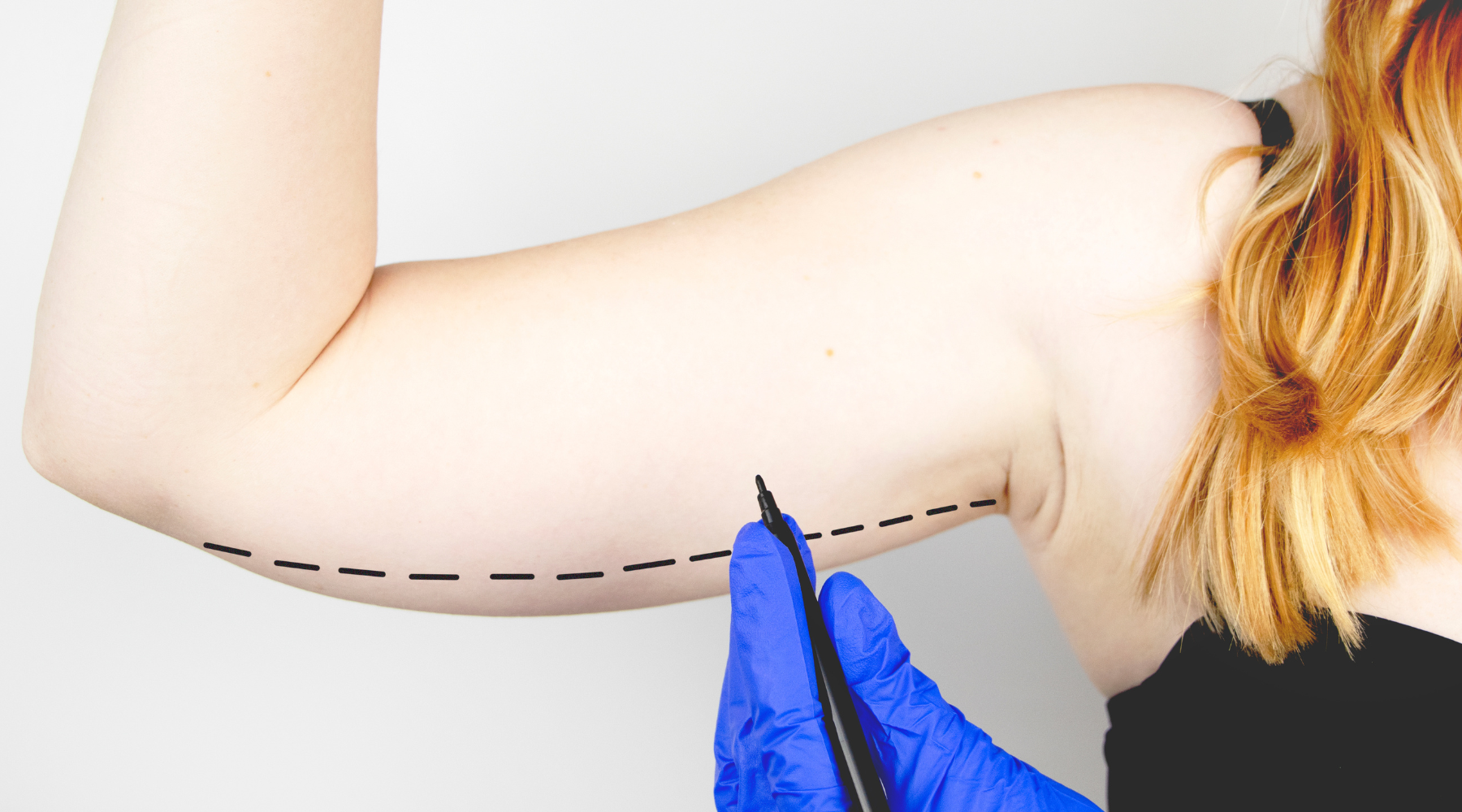Liposuction: What You Should Know
Liposuction | Patient Guide
Liposuction, a cosmetic procedure designed to sculpt the body by removing excess fat deposits, has evolved into a sought-after solution for those seeking refined contours. In this authoritative guide, we will address common questions and concerns surrounding liposuction, from the burning sensation three months post-surgery to the benefits and drawbacks of using lipo foam and foam molders.
Section 1: Understanding Liposuction
What is Liposuction? Liposuction, also known as lipo surgery, is a surgical procedure that targets localized fat deposits, reshaping and contouring specific areas of the body. This minimally invasive treatment has gained popularity for its ability to deliver transformative results.
How Does Liposuction Work? During liposuction surgery, a skilled surgeon utilizes a cannula to suction out excess fat from targeted areas. This procedure can be performed using various techniques, including Awake Lipo and Lipo 360, providing patients with personalized options to achieve their desired outcomes.
Section 2: Exploring Lipo Foam and Foam Molders
Lipo Foam: A Healing Aid Post-liposuction, patients may experience a burning sensation, often alleviated with the use of lipo foam. This specialized foam conforms to the body's contours, providing support and compression, aiding in the healing process.
Pros and Cons of Foam Molders While foam molders can enhance recovery by minimizing swelling and discomfort, it's essential to weigh their pros and cons. Factors such as individual comfort, effectiveness, and adherence to postoperative care guidelines play a crucial role in determining their suitability.
Section 3: Assessing the Liposuction Experience
Side Effects of Liposuction As with any surgical procedure, liposuction may have side effects. Understanding these effects, including potential discomfort, bruising, and swelling, allows patients to make informed decisions about their postoperative care.
Recovery Time and Process Patients often wonder how long it takes their bodies to heal after liposuction. Recovery time varies, but adherence to postoperative care instructions significantly influences the process. Patients can expect to resume normal activities gradually while monitoring their body's response.
Section 4: Addressing Common Queries - FAQs
How Long Can Liposuction Last? The longevity of liposuction results depends on individual factors such as lifestyle, genetics, and postoperative care. Maintaining a healthy lifestyle can contribute to the sustained success of the procedure.
How Much Weight Can You Lose with Liposuction? Liposuction is not a weight-loss solution but rather a body-contouring procedure. It is ideal for individuals near their target weight seeking localized fat reduction.
How Painful is Liposuction? While discomfort is common post-surgery, pain is typically manageable with prescribed medications. Patient experiences may vary, and effective pain management contributes to a smoother recovery.
How Much is Liposuction in california? Liposuction costs vary depending on the geographic location, surgeon's expertise, and the extent of the procedure. For specific pricing details, consult with reputable surgeons or clinics in your desired location.
Conclusion: Empowering Choices
As you embark on your liposuction journey, understanding the intricacies of the procedure and postoperative care is crucial. Armed with knowledge about the burning sensation, lipo foam, and the pros and cons associated with various aspects of liposuction, you can make informed decisions that align with your aesthetic goals and overall well-being. If you have additional questions or concerns, consult with a qualified healthcare professional for personalized guidance.

